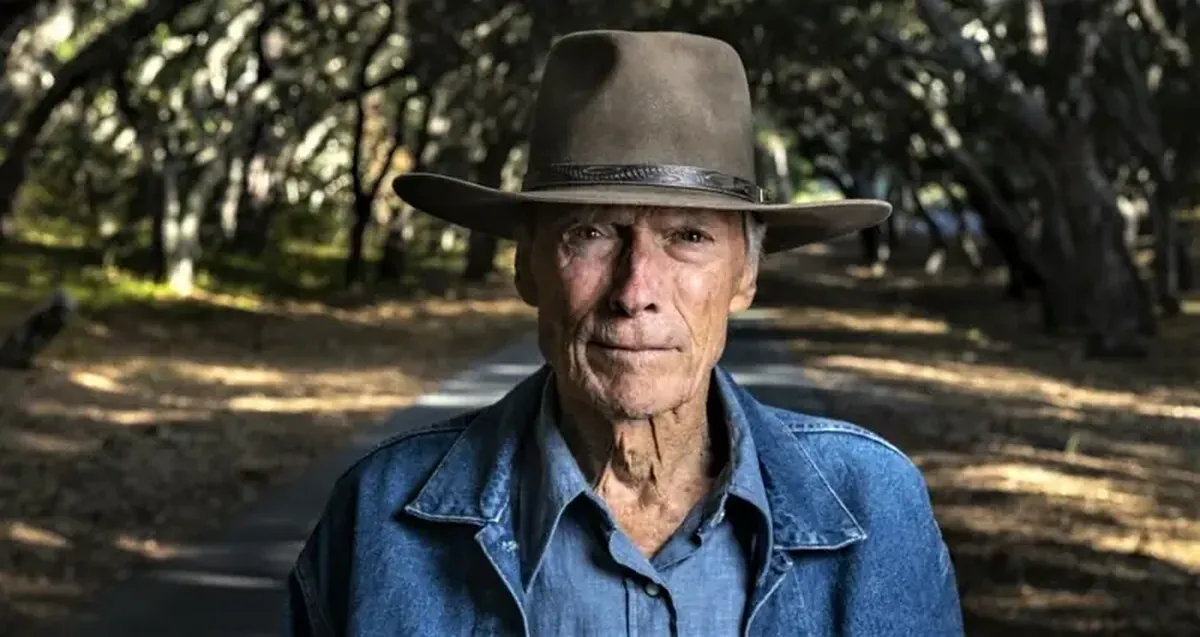
Clint Eastwood’s first appearance on screen, 70 years ago, wasn’t even credited. It was his role as the “Man with No Name” that transformed him into a “star actor,” leading to a remarkable career that made him a cultural icon of masculinity. This man, born during the Great Depression, would go on to own a film studio, serve as mayor of a California town, and win five Academy Awards. Among his notable achievements are four Oscars for Best Director and Best Picture, a lifetime achievement award for his contributions to film, Golden Globe awards, an Honorary César, a People’s Choice Award, and the French Legion of Honor. At the presentation of the National Medal of Arts, his work was described as “the embodiment of what it means to be American.”
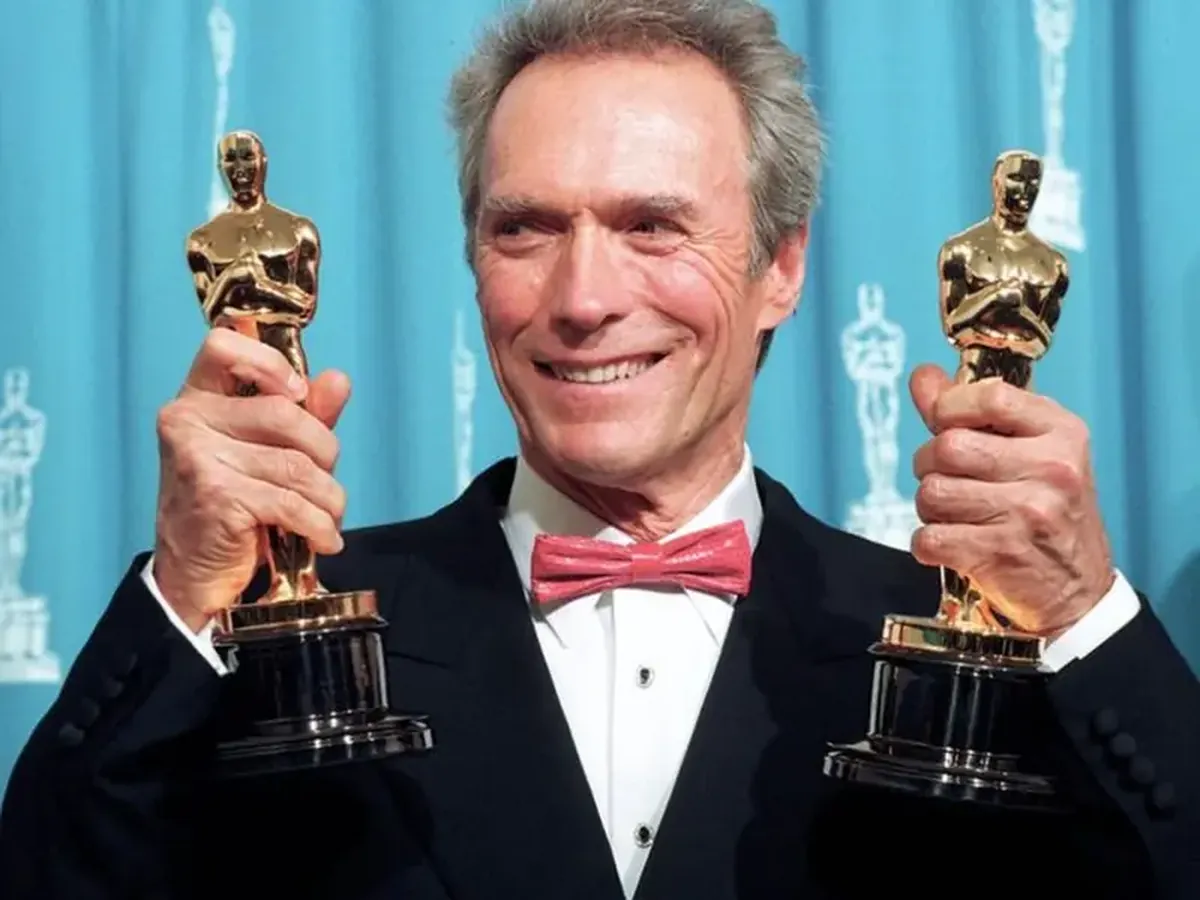
The Man with No Name
Clint (born Clinton) Eastwood was born on May 31, 1930, in San Francisco. His paternal roots trace back to the first English and Scottish settlers, while his mother had Dutch and Irish ancestry. Clinton Eastwood Sr. worked in steel, and Margaret Ruth Eastwood was employed at IBM. During the Great Depression, his parents frequently moved along the West Coast in search of work, eventually settling in California. Young Clinton received his education in Piedmont and attended high school in Oakland, where he first had the chance to test his acting skills.
In 1951, the son of working-class parents enrolled at the University of Seattle, but his pursuit of higher education was interrupted by a draft into the army. While serving at Fort Ord, young Clint Eastwood caught the eye of an assistant director filming the Western series “Rawhide” (which premiered in 1959): the striking young man was invited to play a cowboy. This marked the beginning of his film career, where he became known for his role as the taciturn hero in Westerns and action films. His popularity was bolstered by his striking looks (Clint Eastwood stands at 6’4″) and impeccable physical fitness. The role of the “Man with No Name” in Sergio Leone’s 1964 Western “A Fistful of Dollars” opened up star-studded prospects for the charismatic actor.
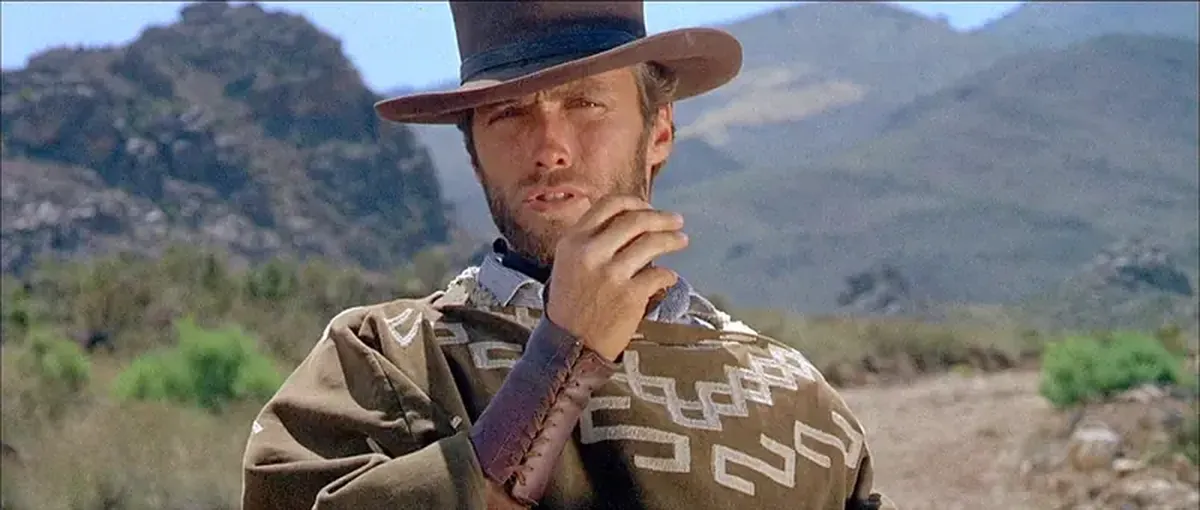
Clint Eastwood’s Films
A few years ago, Empire magazine included the “Man with No Name” in its list of “the most significant film characters of all time.” The timeline of the actor’s cinematic achievements continued with two more films from the “Dollars Trilogy”: in 1965 and 1966, Sergio Leone directed “For a Few Dollars More” and “The Good, the Bad and the Ugly,” both featuring Eastwood. When dinosaur fossils were discovered in the area where the latter Western was filmed, the species was named after Clint Eastwood, who enriched cinema with a new archetype of masculinity as the rugged, silent man in a cowboy poncho with a cigar in his mouth (though in reality, the elder statesman of cinema had not smoked since his youth).
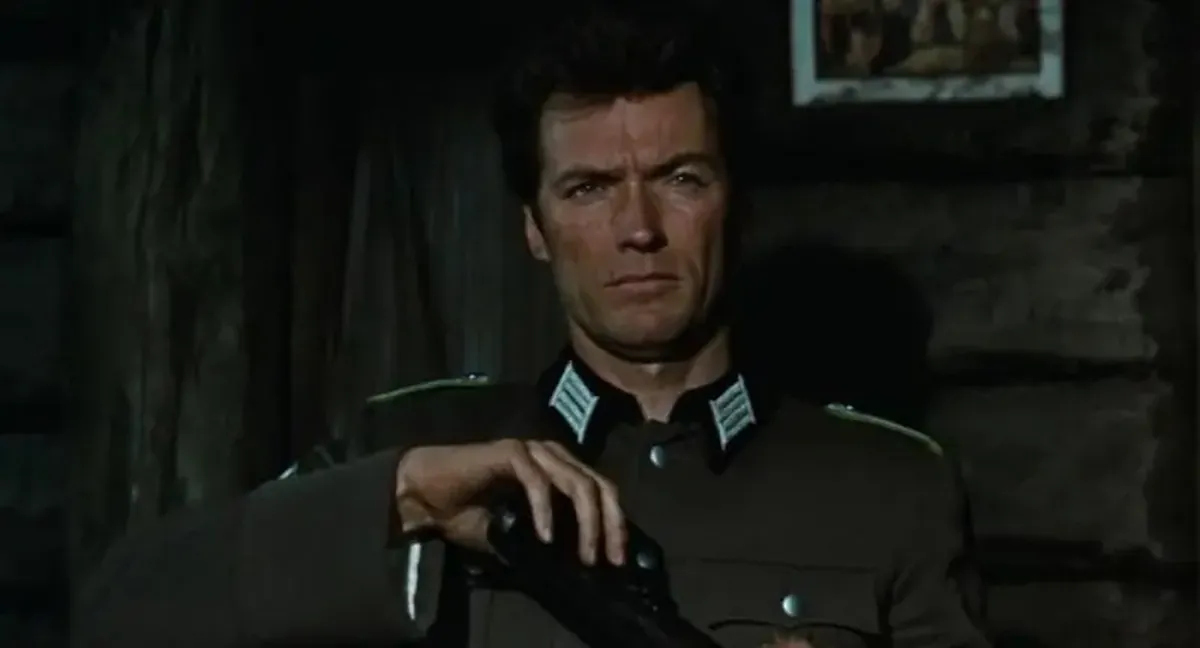
“Where Eagles Dare”
In 1968, the actor embodied the “courage of the outsider” in the classic World War II action film “Where Eagles Dare,” portraying an American lieutenant who parachutes into Nazi-occupied Alps to rescue an American general. Eastwood’s next successful role was as a police inspector in the action film “Dirty Harry” (in the 1970s and 1980s, he starred in five films about Dirty Harry). That same year, 1971, marked Clint Eastwood’s directorial debut: in his first film “Play Misty for Me,” he played a radio DJ – a victim of female dominance, contrasting sharply with his previous roles.
“Dirty Harry”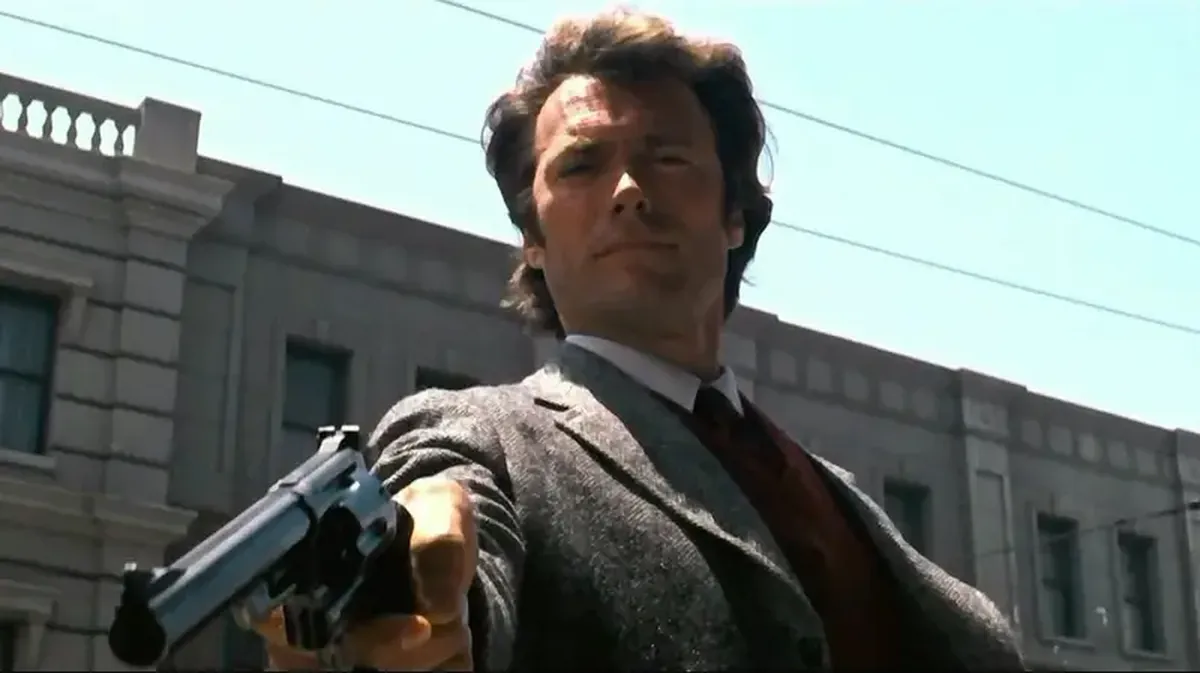
“Dirty Harry”
Actor, Director, Composer, and Mayor
Interestingly, this was not the only directorial work where the artist’s personal passion for jazz emerged. He later directed a second film celebrating jazz, “Bird,” which told the tragic story of a genius who succumbed to drugs but left behind magnificent music. Clint Eastwood himself composed jazz pieces for several of his films. This theme has always resonated with someone from a generation shaped by the jazz era, and his son Kyle Eastwood, who became a jazz bassist, shares this passion. Meanwhile, after founding his own production company, Malpaso, Clint primarily acted in films produced by it and mostly in his own directorial projects.
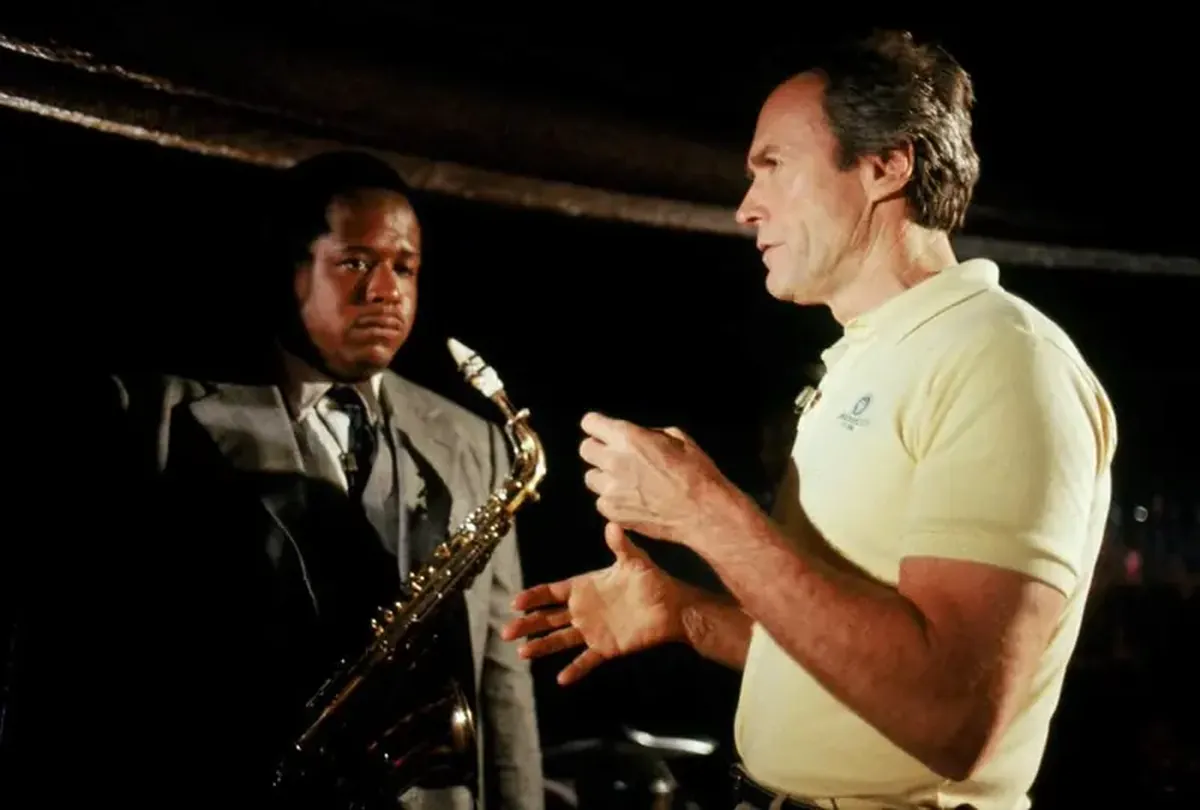
A scene from the film “Bird”
One of the few exceptions was the adventure thriller “Escape from Alcatraz,” directed by Don Siegel, where Clint Eastwood played an escapee from the notorious American prison in 1978. Commercially successful films in Clint Eastwood’s 60-year filmography include “Every Which Way But Loose” (1978) and “Any Which Way You Can” (1980). Among Clint Eastwood’s best films are the Western “Pale Rider” (1985), the war action film “Heartbreak Ridge” (1986), the gripping drama “In the Line of Fire” (1993), and the romantic drama “The Bridges of Madison County” (1995). His successful roles contributed to his election as mayor of the California town of Carmel-by-the-Sea in 1986. He continued to make films such as “Gran Torino” (2008), “Trouble with the Curve” (2012), “The Mule” (2018), and more.
A Personal Perspective
Today, Clint Eastwood is a recognized authority in his field, having won two Oscars for Best Picture and Best Director in 1993 and 2005. Among his significant directorial works is the “reimagined Western” “Unforgiven” (1992). In this film, the seasoned filmmaker reformed the genre’s established clichés, transforming a story about a former outlaw seeking revenge on villains for justice into a philosophical exploration of heroism, courage, honor, and age. In the story of a young female boxer in “Million Dollar Baby,” where Clint Eastwood played a trainer, the director subtly expressed his supportive stance on euthanasia.
Not only this position, which he has never publicly stated, could be surprising coming from a staunch conservative like the patriarch of Hollywood. The World War II diptych “Flags of Our Fathers” and “Letters from Iwo Jima” (2006) are other important works in Clint Eastwood’s directorial filmography. They present polar perspectives on the bloody episodes of the Pacific Front. The first film recounts the battles for Iwo Jima in 1945 from the viewpoint of American soldiers, while the second highlights the enemy’s perspective. Ultimately, this resulted in a new understanding of history in American cinema, exposing the absurdity of war and condemning the hypocrisy of the state machinery that manipulates reality.
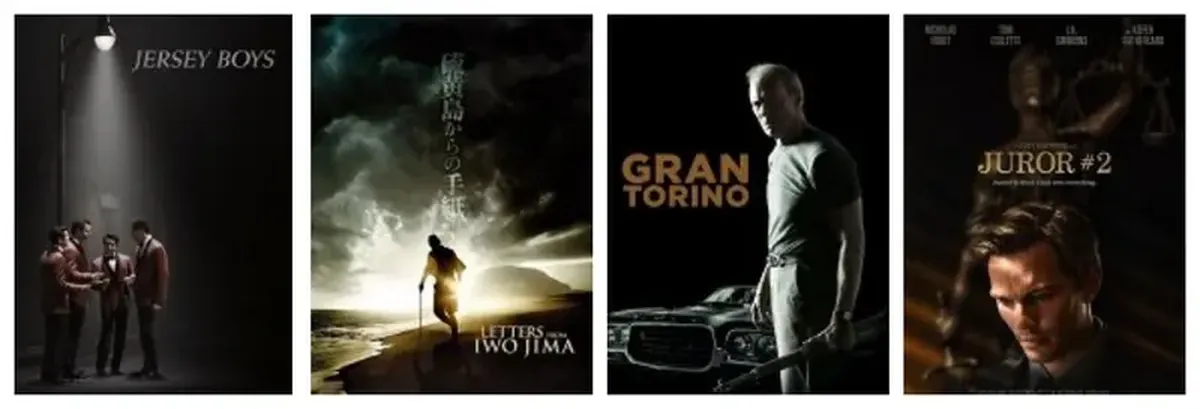
Clint Eastwood’s Children
The actor’s personal life is as eventful as his creative one. Clint Eastwood is the father of eight children from six women, although he has only been officially married three times. Before achieving fame, young Clint Eastwood married actress Maggie Johnson in 1953, who became the mother of three of his children: son Kyle (1968) and two daughters – Laurie (1954) and Alison (1972). In 1964, he had another daughter, Kimber Lynn Eastwood (1964), born from a brief romance with dancer Roxanne Tunis. In 1978, Clint married actress Sondra Locke (they were officially married for four years, although their close relationship lasted a total of 14 years), to whom he had to pay $1.3 million upon their divorce.
A scandal arose when a woman accused Eastwood of not allowing her to become a mother, which was only resolved after lengthy disputes. The next chapter in the actor’s personal life was a three-year common-law marriage with flight attendant Jacelyn Reeves: in this union, Clint Eastwood became the father of two more children: son Scott (1986) and daughter Kathryn (1988). Daughter Francesca Ruth (1993) was born to Eastwood and actress Frances Fisher. Later, Clint married Dina Eastwood, who is 35 years younger than him, and in 1996, she gave birth to their daughter Morgan. Even before their divorce, the 83-year-old charmer began another romance. His companion, who had been with the actor for the last decade (a hotel hostess), recently passed away at the age of 60.
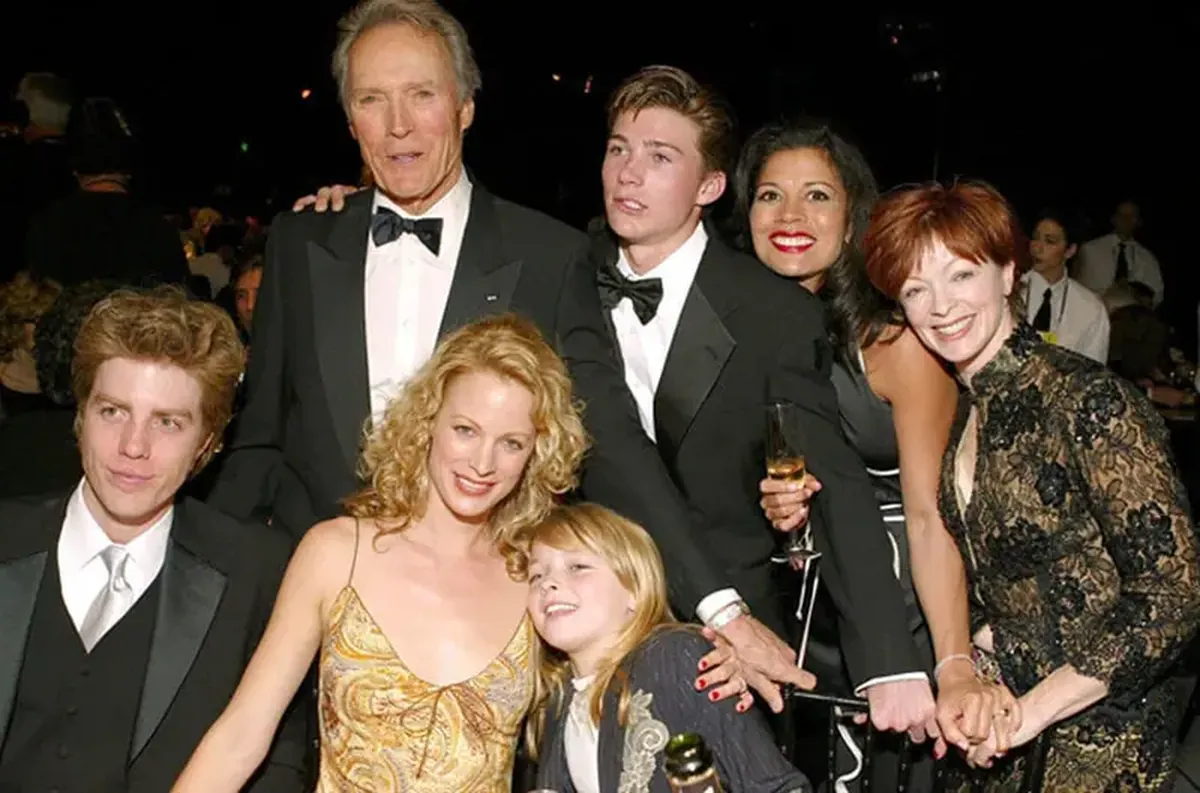
Clint Eastwood Today
In his youth, the self-taught boogie-woogie performer dreamed of becoming a singer and pianist, and despite skepticism about his musical abilities, he earned money performing at fairs, rodeos, and festivals. He later acquired his own music publishing company, Malpaso Records, and recorded music for a dozen films, receiving several Golden Globe nominations. His interest in golf led Clint Eastwood to become the owner of a golf club and organizer of charity tournaments. A fitness fanatic and advocate for a healthy lifestyle, he has practiced transcendental meditation for half a century, owns a hotel, a restaurant, and other real estate (at 80, Clint Eastwood invested $20 million in residential construction). Additionally, the star personally pilots a private helicopter.
Directing, which the patriarch with a youthful spirit has not abandoned for over half a century, continues to be part of his daily routine. The 2019 premiere of “Richard Jewell” (a biographical film about real events that occurred during the 1996 Summer Olympics in Atlanta) is not Clint Eastwood’s last film. His dramatic neo-Western “Cry Macho” (2021) will also not mark the end of his cinematic career. In 2023, the director announced preparations for his fortieth feature film, “Juror #2,” where he will also serve as co-producer. Thus, Clint Eastwood’s respectable age does not deter him. He views turning 95 as a motivation to keep moving forward, as it’s hard to stop when you’re doing what you love.
We have also written about other legends of European and Hollywood cinema:
Jack Nicholson: Hollywood’s “Bad Boy”
Alain Delon: The Knight of Cloak and Dagger
Sophia Loren: “I’m Still Interested in Living”
Louis de Funès: “There Are Many People More Interesting Than Me”
